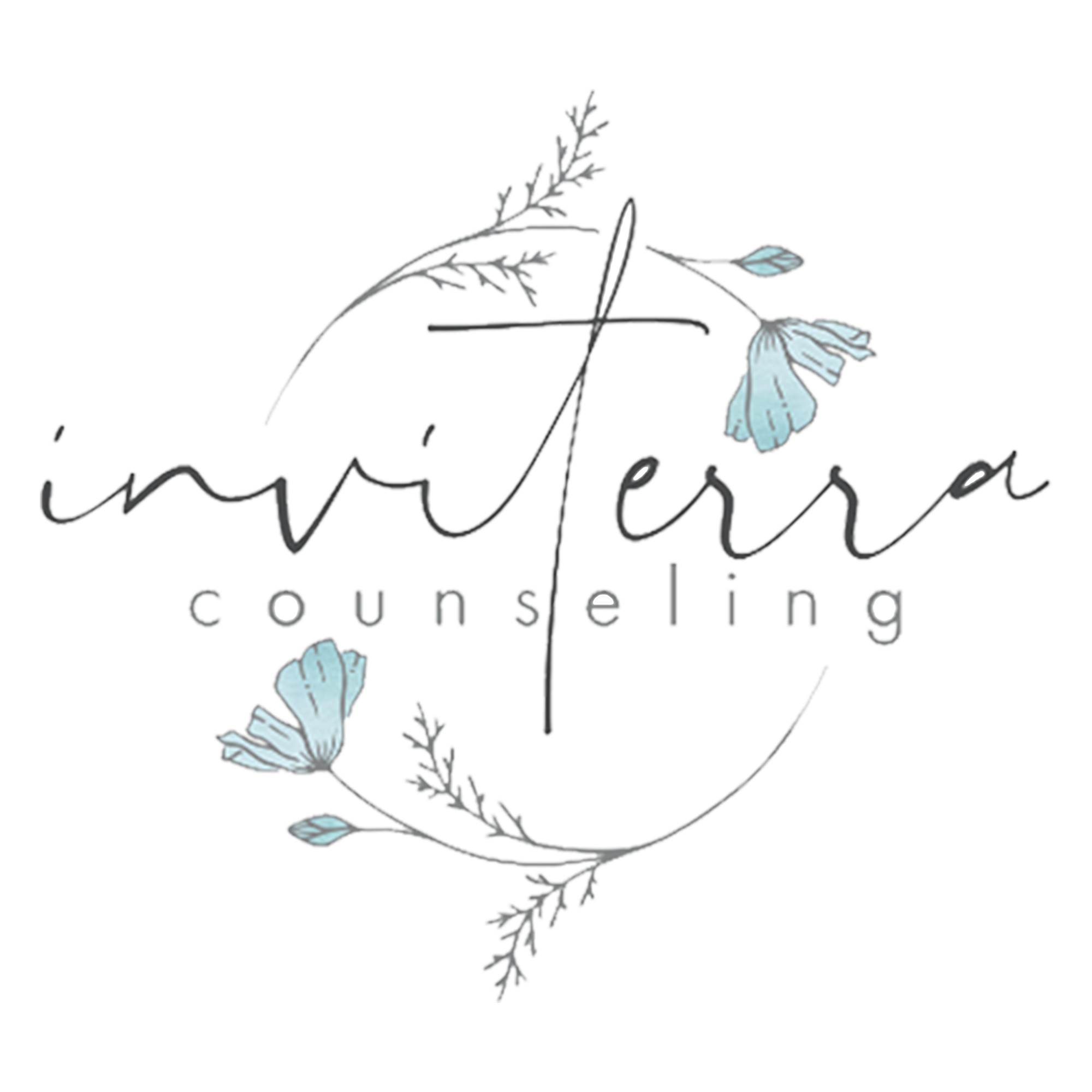One Surefire Way to *Know* Your Enneagram Type
Ok, so, you *think* you know your Enneagram type. You’ve listened to some podcasts, maybe read some stuff, and have even taken a couple of enneagram tests. You’ve done some self reflection, and maybe even checked out subtype.
However, you STILL feel you need a sanity check; something that will drive it home - for you.
Great! Finding your core Enneagram type is often a process, and one that can sometimes take years (though, to shorten that process, you could sign up for an enneagram typing session). With that in mind, as an Enneagram professional, and fellow Enneagram traveler on the path, there is one very telling way to know that you’ve landed on your true type. If this is what you’re looking for, then read on, dear friend.
How To Know That You Know
As you may know, finding your true enneagram type is only the beginning of the process. Every type and subtype has a set of tasks and challenges to engage in in order to grow. The goal isn’t box ourselves into a type, but rather to eventually grow BEYOND our type’s automatic behaviors, patterns, and ways of looking at the world (and ourselves). As an Enneagram therapist and student, I have seen a near universal truth for those engaging in the transformational challenge of Enneagram growth:
IT. SUCKS.
Yes, you read me right. The challenges we are asked to undertake, the things that we are directed to notice, are HARD for us. They’re uncomfortable, they’re humiliating, they’re painful. They make you squirm and shout “WHAT?! WHY?! THAT SOUNDS TERRIBLE!!” I have this theory that to be on any path of true transformation you to be a bit of masochist. That’s true here. You don’t rainbow and butterfly your way out of lifelong coping patterns and problematic ways of viewing yourself and others. You just don’t.
So, to be more concise, how do you know you have the right Enneagram type? Here are the steps to take:
Take a look at the growth paths and challenges of the top two types you think you might be.
The Enneagram is NOT a system for personality description, it’s a system for personality disruption. As important as it is to understand your core type, you’re not meant to stop there. Growth beyond type is the name of the game. To that end, there are a lot of great books out there that go over challenges for each specific enneagram type. Here is one of my favorites. Remember that the Enneagram journey is supposed to be one of transformation in order to grow beyond your type’s coping mechanisms and stuck patterns.
Does the growth path look easy? Or does it induce a feeling of “oh HELL no”?
This is the main crux of it. I remember when I first started engaging more with my Enneagram Type 2 journey, one of the goals I read about for the future was that I was to eventually become more unlikable. One of my coaches asked me to meditate on the statement “What other people think about me, and how they feel about me, is NONE OF MY BUSINESS.” Are you KIDDING ME? Cue nausea.
However if you look at the growth path of a type and think, “huh that sounds okay”, or “that sounds easy”, or “I’d love to do that”, chances are high that you have not found your core type.
I’m not trying to scare anyone here, but this journey isn’t for the faint of heart. It IS, however, for those of us who long to grow into who we were meant to be. That journey is never an easy one.
One final note about subtypes:
Though it’s important to examine core type first, there are some circumstances where subtype (subtype means your core type + instinctual sequence) might be a better way of identifying whether or not you have the correct typing. If you’re able, take a look at your suspected type’s subtype challenges to further confirm your type.
And there you have it. If the growth challenges you’re reading about for your maybe type make you want to hurl, Congratulations! You’ve likely found your core type!
Now it's time to get to work. :)
Hi, I’m Melinda
I’m a therapist who uses the Enneagram and Brainspotting to help 20 & 30-somethings understand and change unhelpful patterns, love themselves, and navigate all the big transitions and emotions that come with where they are in life.
WHAT MY CLIENTS OFTEN LOOK LIKE:
1) Empaths and “HSPs” who feel deeply and are afraid that something is “wrong” with them or have been told that they are too “sensitive”
2) Helpers or “over-givers” who want healthier relationships with themselves and others
3) Enneagram enthusiasts who want to grow
4) Premarital and young couples wanting to start their marriage off on the right foot



